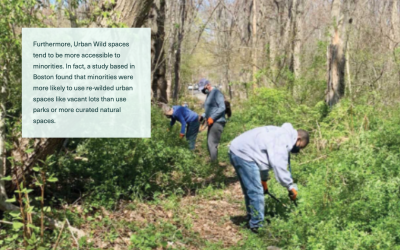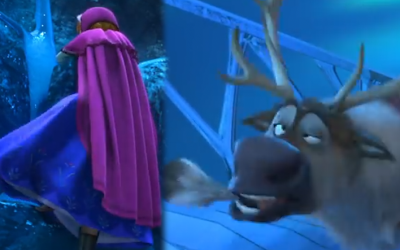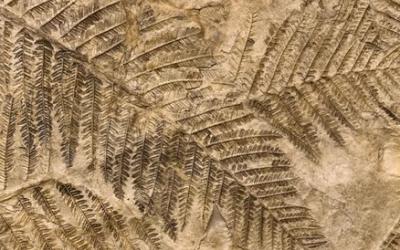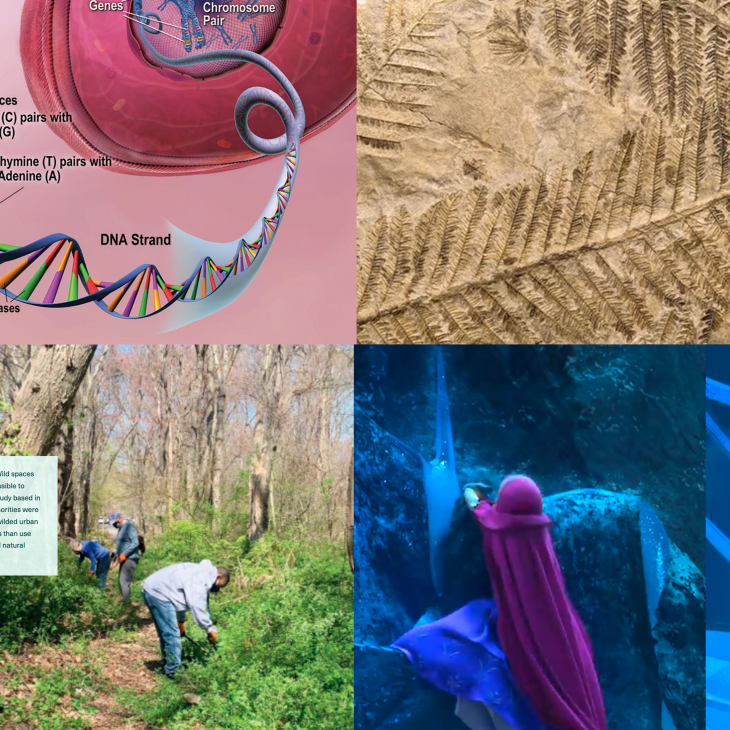Our approach
The DDS teaches critical visual and media literacy skills through creative assignments in disciplines outside traditional art/studio courses. We help students navigate the intersections of media, design, creative technology and social justice through process-based learning in order to open new lines of inquiry, spark curiosity and enable connections across disciplines. When partnering with courses we concentrate our teaching around 5 main conceptual lenses:
- Making is a series of choices.
- There is value to using different formats.
- Collaboration strengthens creativity.
- Media and technology are parts of systems that have values.
- Process is important.
By foregrounding conceptual frameworks over technical mastery, we support students interrogating how media and design shape information while developing skills that enrich their approach to scholarly inquiry and publishing.
Inside the classroom
The DDS offers support to faculty interested in integrating projects and assignments that engage with creative methods into their courses. Our collaboration can range from a consultation to help with brainstorming a new assignment to semester-long embedded support.
Examples of support we offer to faculty include:
- Consultations for brainstorming and problem-solving for new creative projects, includes thinking through lesson places, goals, and assessments
- Tour of the DDS and our services
- Online support guide with resources and workflows
- Assignment specific course canvas modules
- Workshop to introduce assignment, tools and methods
- Scaffolded workshops to introduce new tools, methods and hands-on activities throughout the semester
To connect with us about your course at any stage in the process, email us at tischdds@tufts.edu.

Environmental Storytelling
Course: BIO7 Global Change Biology
Brief Description: In teams of four, students create a StoryMap on an environmental biology topic. The story must engage in the science of the topic and find ways to make complex ideas accessible.

Social Media-Style Biology Journal Reviews
Course: Bio 243: Topics In Molecular And Cellular Biology
Brief Description: Increasingly, short videos on social media are used by scholars to share articles and contribute to discourse, in communication both with other experts in their field and with the general public. For this assignment, each student will pick a recent biology journal article. Using the graphs from the article, each student will create two one-minute videos of themselves explaining the article and its significance, one for a scientific-peer audience and one for an audience of their family and friends. Videos should be captioned.

Video Remix in Children and Media Studies
Course: CSHD167 Children and Mass Media
Brief Description: In groups of 3 or 4 students make 5 minute video remixes using a excerpt provided. The goals for the video remix are: 1) To show how race/ethnicity/gender/age have been used to portray otherness, but how they might be portrayed more equitably in children’s media 2)To find visual/aural ways of teaching children about stereotyping in media, 3) To demonstrate how shifts in editing can affect storytelling

Earth and Climate Science Podcast
Course: ECS-15 Mass Extinction
Brief description: In groups of 3-4 students make a 10 minute podcast as a final project. The podcasts are written for a general/non-scientific audience, but they are an in-depth exploration of a technical scientific paper on one of the mass extinctions. The goals for producing podcasts are to research a narrow mass extinction related topic in detail, practice science communication, and have fun.
Advice from our collaborators
My first piece of advice is that it's likely to take a lot longer than you think it will! There are a lot of issues to consider, and many facets to coordinate. Many of the traditional types of assessment methods you've used in the past just won't transfer well to assessing a piece of creative media. That being said, partnering with the DDS in hugely helpful not only with teaching the "technical stuff," but also more broadly in thinking about learning objectives and assessments. - Julie Dobrow, Distinguished Senior Lecturer, Eliot-Pearson Department of Child Study & Human Development
Start planning early. Give students plenty of time in class to get support learning planning their creative project. I don't think the podcasts in my class would have worked if students had to learn how to make a podcast outside of class time. This reduces "content" time, but leads to much better final projects! - Noel Heim, Lecturer, Earth and Climate Sciences
Outside the classroom
We can support faculty outside the classroom to build skills in creative methods for use in their courses or individual research projects.
Example projects
Inaugural RCD Faculty Workshop Series
The DDS helped Race, Colonialism and Diaspora (RCD) faculty kickoff a new faculty workshop series with a series of short, creative activities to help build community while learning new methods they could take into the classroom.
Half the History
The DDS worked with faculty Senior Lecturer Julie Dobrow and Professor of the Practice Jenn Burton on training graduate students in podcast production and video editing for the Half the History project .
World Peace Foundation podcast series: Disrupting Peace
The DDS supported Research Director and Associate Professor Bridget Conley with the technical resources and space to create her podcast Disrupting Peace.
